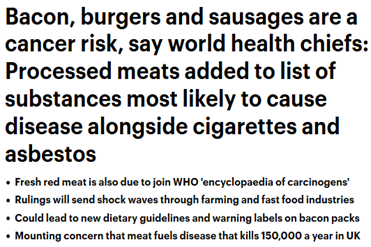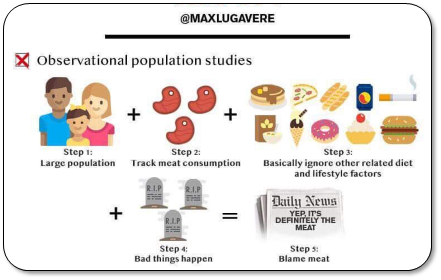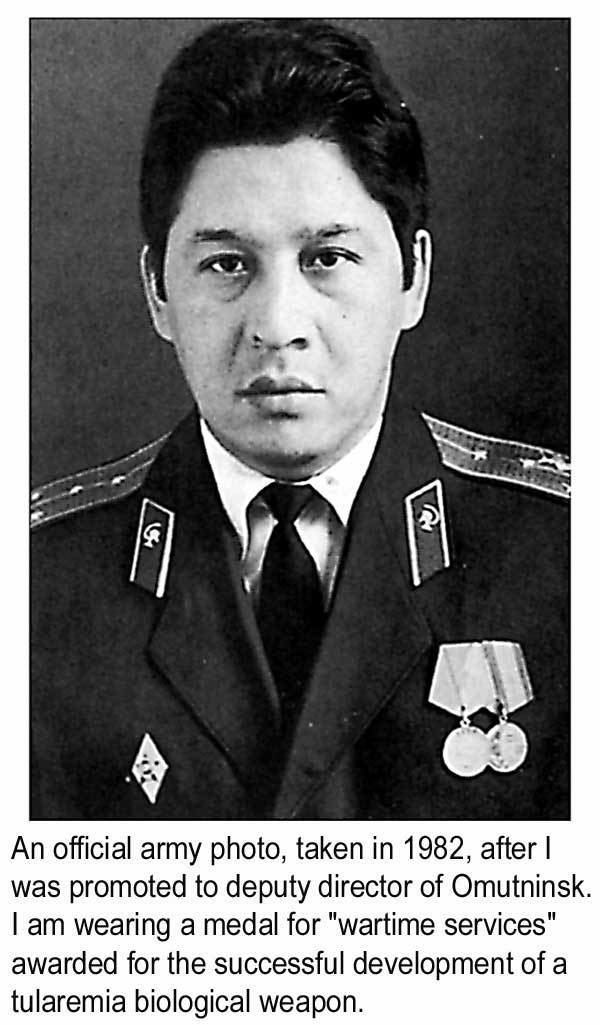Some background: I’ve struggled with this question since early in medical school
Medical syntax is designed to communicate information in a predictable sequence with key elements prioritized to facilitate efficient communication and formation of an assessment and plan
2/
From preclinical lectures to Qbank questions to clerkship rotations, race/ethnicity was often prioritized in the same sentence as age + gender.
I grew accustomed to reading/hearing: a 70-year-old Black man w/ history of x, a 50-year-old Hispanic woman presented w/ y.
3/
However, when it came time for me to use race/ethnicity, there was always tension. Race/ethnicity are self/socially-ascribed identities that in clinical practice are almost always assumed by providers based on appearance. I was also concerned about the potential for bias
4/
I wondered how my own care would be impacted or not impacted by my ethnicity (Hispanic) – I have light skin so I’m not sure if my doctors would even identify me as such – but how would my care be different if I was presented as a 30-year-old Hispanic male?
5/
That said, I was taught race could have implications for the assessment and plan (e.g., eGFR – I’ll come back to this). Moreover, racial disparities are real and could inform a pt’s care. So, I reported race on a PRN basis, but still felt uneasy. I wondered what others did …
6/
In
@JAMAInternMed, we get insight from Balderston et al. on this use of race in medicine. In 1200 admissions to an academic medical center, 33% of Black pts had their race documented in the first line of their admission note compared to 17% of white pts
https://t.co/GMKXsx6Z02 7/
They also found that Black clinicians had 58% lower odds of documenting race than white clinicians and attending physicians had 2.37 times greater odds of documenting race than resident physicians.
8/
Though this study was conducted at a single center and does not investigate *why* Black patients had race identified more often or *how* this impacts subsequent care, the differential documentation of race in the HPI merits further scrutiny.
9/
Fortunately, there has been much scrutiny and expertise dedicated to the (mis)representation of race in medicine this year – including this important work by Amutah et al.
https://t.co/8Ej4LvDi2a 10/
🔑 pts:
-race is not a meaningful scientific construct in the absence of context
-race is not a biologic category based on innate differences that produce unequal health outcomes.
-it is a social category that reflects the impact of unequal social experiences on health
11/
🔑 points (cont.):
-Unfortunately, race in medical education often misses the mark and can lead to race-based diagnostic bias or pathologizing race (see below table)
12/
Notably, they “are not arguing that race is irrelevant” but rather “that it can be a starting point to generate hypotheses about environmental exposures and social processes that produce disparities” and that “discussing race is essential to promoting an antiracist culture.”
13/
In another expert review, Borrell et al. similarly write it is “inappropriate to simply abandon the use of race in research and clinical practice ... these variables capture important epidemiologic information, including social determinants of health”
https://t.co/Yt28mUqPqg 14/
Key points:
- Race, ethnicity, and ancestry have a complex and intertwined relationship that demands nuanced analyses
- we should not assume that environmental, social, or genetic factors represent the only contributors to a given disease until causation has been proven
15/
Back to eGFR, and the use of race in research and clinical decision making, at large. My thoughts continue to evolve as a clinician and researcher on handling race in this context, but I want to provide one last article by Vyas et al:
https://t.co/aVM0k4GCEv 16/
This article provides a useful framework to eval race correction in clinical settings:
Is race correction based on robust evidence?
Is there a plausible causal mechanism for the racial difference?
Would implementing this correction relieve or exacerbate health inequities?
17/
As it applies to GFR, raceless markers are an ideal solution, but in lieu of ready access to these, I will continue to seek a nuanced understanding of how we can best estimate GFR in a manner that is based on robust evidence and doesn’t exacerbate health inequities.
18/
For many of the reasons made in these eloquent pieces (which I highly encourage reading), we feel that the rote documentation of race in the first line of the HPI is unlikely to serve a useful function and the practice of differential documentation offers potential for harm
19/
However, given the important implications related to structural racism and the potential that addressing race has in reducing health inequity, we suggest that race/ethnicity be documented as part of a complete social history, where it can be given appropriate context
20/20






